This year, 22 K-12 educators across the country designed and implemented unit plans dedicated to elevating underreported stories in the classroom as part of the 2021-2022 Pulitzer Center Teacher Fellowship. These units inspired students to make local connections to global news, practice media literacy skills, and cultivate empathy. Each teacher-designed unit culminated in a performance task that challenged students to leverage their skills as writers, artists, academics, organizers, and citizens to spread awareness about underreported issues in their communities and around the world.
As we close the year, we’re spotlighting ten pieces of student work inspired by these incredible units.
1. Students report on gentrification in West Humboldt Park
In this video, students Leylah Corona and Zee Andres explore the history and identity of Paseo Boricua, a neighborhood in Humboldt Park, Chicago that is experiencing gentrification. Corona and Andres examine the impact of dislocation by connecting housing data, interviewing a range of residents, and offering a series of solutions to support a community resisting displacement.
More about this unit: In Our World, Our Story: Investigating and Crafting Underreported Stories in Our Communities by high school journalism educator Heather Worley, students engage with a series of underreported feature stories in global and local contexts and then investigate an underreported story about their community to be published as a feature on a digital multimedia platform.
2. Collages connecting images of Black excellence across history
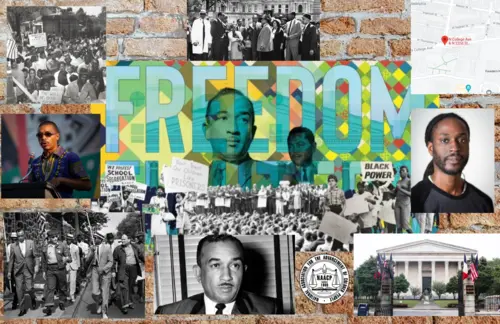
Students at Julia R. Masterman Laboratory and Demonstration School created collages juxtaposing historical and contemporary underrepresented stories celebrating Black legacies in the U.S. Students wrote one to two paragraphs telling the story of the people, organizations, and events captured in their collages and presented their work to their community through a physical museum and live in-person gallery walk. A few highlights of this exhibit include Mary Bowser, The Stadium Stompers, Freedom’s Journal, and the Cecil B. Moore Mural.
More about this unit: In Images from the Past, Images from the Present: Black Excellence, Resistance, and Joy Yesterday and Today, students explore underreported stories of Black excellence, resistance, and joy past and present and use images, text, and interviews to create collages that form a class museum of Black joy. This unit was created by Liz Taylor, a high school history teacher in Philadelphia.
3. Storyboards that celebrate people who cultivate hope
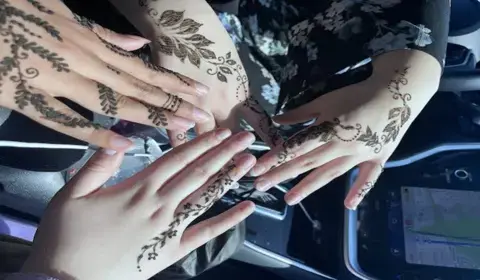
This story celebrates 10th grader Raya, described as an expressive, outgoing trailblazer who inspires those around her. Capturing Raya in a series of photographs, noted characteristics, and quotes from Raya’s friends and family, the student author establishes how Raya’s individual identity is grounded in culture and community. Students in this class used visual storytelling and interview techniques to capture people who cultivate hope and pride in their community, resulting in a storyboard: a tool journalists and filmmakers use to plan short documentaries.
More about this unit: In De Donde Yo Soy: Cultivating Stories of Hope, Pride, and…, a unit by high school language arts teacher Charles Sanderson, students analyze the work of visual storytellers who create hope and pride, building an understanding of how visual images and words can inspire audiences, eventually looking into their communities to find sources of inspiration.
4. Letters advocating for climate justice
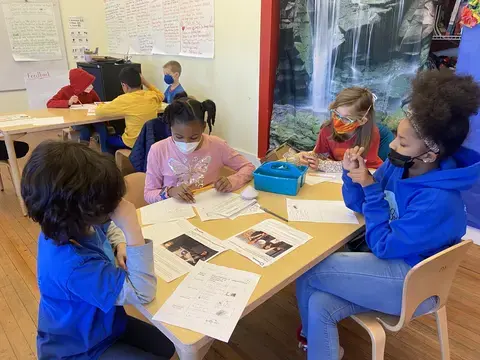
After learning about heat islands in their community, a fourth grade class wrote persuasive letters to the D.C. Housing Authority explaining the local impacts of climate change and concrete actions the Housing Authority could take to help, such as supporting rooftop gardens. Emma P. wrote, “We need to stop destroying gardens and kicking people out because of gentrification and start realizing how gardens are very important for the environment. They keep residents healthy, help in places like Columbia Heights which is a heat island, and is the first rooftop garden in public housing in the country!”
More about this unit: In Community Care Through Climate Justice by Dani McCormick, students apply close reading and analysis skills to examine who is impacted by climate change, why, and what climate initiatives can be taken to enhance community care and safety.
5. Woodblock prints showcasing underreported stories
High school student Anduena Toci created a woodblock print to amplify an underreported story about gentrification in Albania, leveraging her art to begin a conversation about how the cost of housing affects people all over the world. Andrea captured her learning journey in a short video. Students in Andrea’s class captured a range of topics including floods in Ecuador, women's rights in Afghanistan, and street vendors in India. To see more student artwork and videos, visit the Show Me Your Story website.
More about this unit: In Show Me Your Story: Amplifying Underreported Stories Through Printmaking, students explore how visual arts are used globally to amplify marginalized voices. This unit was created by Jane Kang Lawrence, a high school visual arts teacher in New York City.
6. Campaigns for microloan projects
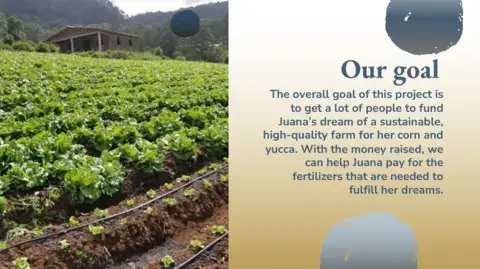
After engaging in a range of underreported news stories about the resilience of women across the globe, students in this class promoted a range of global, women-led small businesses including agriculture endeavors in Moldova and Honduras, tapa-making in Tonga, and soap-making in the Philippines.
More about this unit: In Hidden Voices: Injustice and Women's Empowerment in the Era of COVID, students examine how women across the globe are overcoming gender inequality, amplified by the COVID-19 pandemic, through advocacy and financial empowerment. This unit was created by Catherine Yackee, a high school history teacher in Chicago.
7. Student-designed surveys
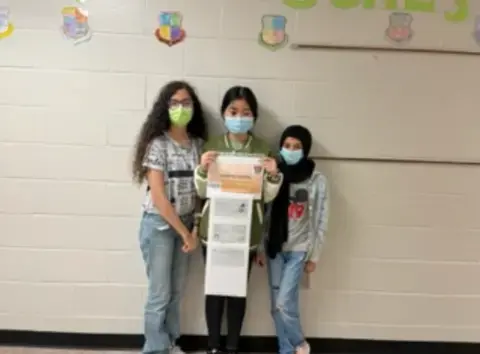
After studying how statistics and survey data are used in journalism, students in this middle school class designed surveys to gather information on questions that interest them. Mohamad, Johnny, and Sebastian conducted a survey to share the underreported impacts of the COVID-19 vaccine on their community. From a random sample of 20 people in their neighborhood, they discovered that about half of their respondents were vaccinated and 20% of vaccinated people reported having experienced physical side effects after receiving the vaccine such as headaches and stomach aches. Other students in the class conducted surveys about bullying, citizenship, cafeteria food, and the Black Lives Matter movement.
More about this unit: In How Can We Use Surveys to Advocate for Ourselves? by Bethany Bryant, a middle school math teacher in Atlanta, students explore news stories that center statistics and analyze best practices for using surveys to evaluate underreported issues.
8. Letters for Long Creek: A local justice project
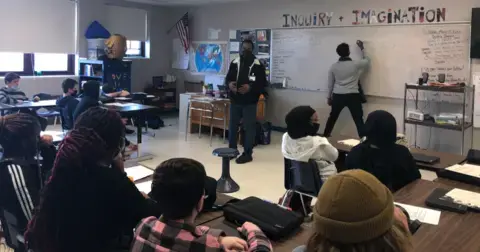
After exploring the concept of justice and issues in incarceration, students in this eighth grade class researched a nearby youth detention center which had been in the news for reported incidents of mistreatment. The students wrote incisive letters to Governor Mills of Maine examining the many issues affecting the children and staff at Long Creek Juvenile Detention Center. Approaching the issue with data and research, the letters suggest student-generated courses of action that lawmakers could take to address the punitive culture and poor conditions of the facility. When addressing Governor Mills’ decision to veto a bill that would have closed the detention center, student E.A. writes, “I think it is still necessary to reform Long Creek while alternatives are being created by addressing its issues with staff, making it more humane, and creating an environment that prioritizes rehabilitation over punishment.”
More about this unit: In Imagine a World Without Prisons by middle school social studies teacher Kristin Leffler, students apply their prior knowledge of constitutional amendments, the judicial branch, racism, and ideas of justice to explore the historic roots and present-day realities of incarceration in the United States.
9. Elementary photo stories
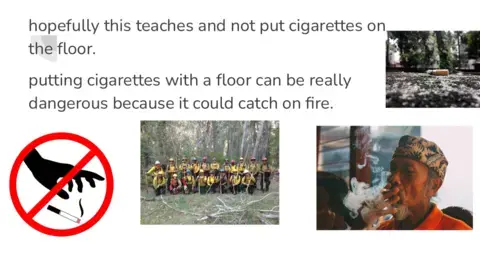
These fourth grade students interviewed peers about their passions and combined text with original and curated images to tell photo stories. For example, Journee D. highlights classmate Joy, who is passionate about cleaning discarded cigarettes in her neighborhood. Journee explains how discarded cigarettes affect her community and offers tips on how to manage the issue.
More about this unit: In Shattering Broken Mirrors and Windows: Exploring Youth Liberation Counter-stories Through Photojournalism, students will analyze techniques that photojournalists use to communicate underreported stories, explore reporting about youth activists across the U.S. and the world, and then create photo stories about activism by youth in their communities. This unit was written by Meghan Gowin, an early childhood education specialist in Texas.
10. Digital museum of displacement
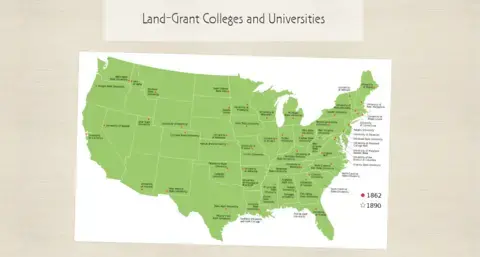
Ninth grade students in Chicago worked together to create a digital museum that identifies tribal communities affected by the Morrill Act. The website explores the background and history of the Morrill Act and land-grant universities that profited from the theft of Indigenous lands.
More about this unit: In Banished but Unbowed: An American Legacy, a unit written by educator Heather Renée Ingram, students journey through historical points of displacement and dispossession by analyzing a range of texts and videos.
To review the 22 unique units crafted by educators from the 2021-2022 Pulitzer Center Teacher Fellowship, visit the Elevating Underreported Stories in the Classroom: Teacher Fellowship Unit Plans lesson grouping. For more lessons and resources that integrate global news and journalism skills into diverse curricula, visit our lesson library. Stay in the loop about our newest resources and opportunities by joining our Facebook group for educators and signing up for our weekly education newsletter.




